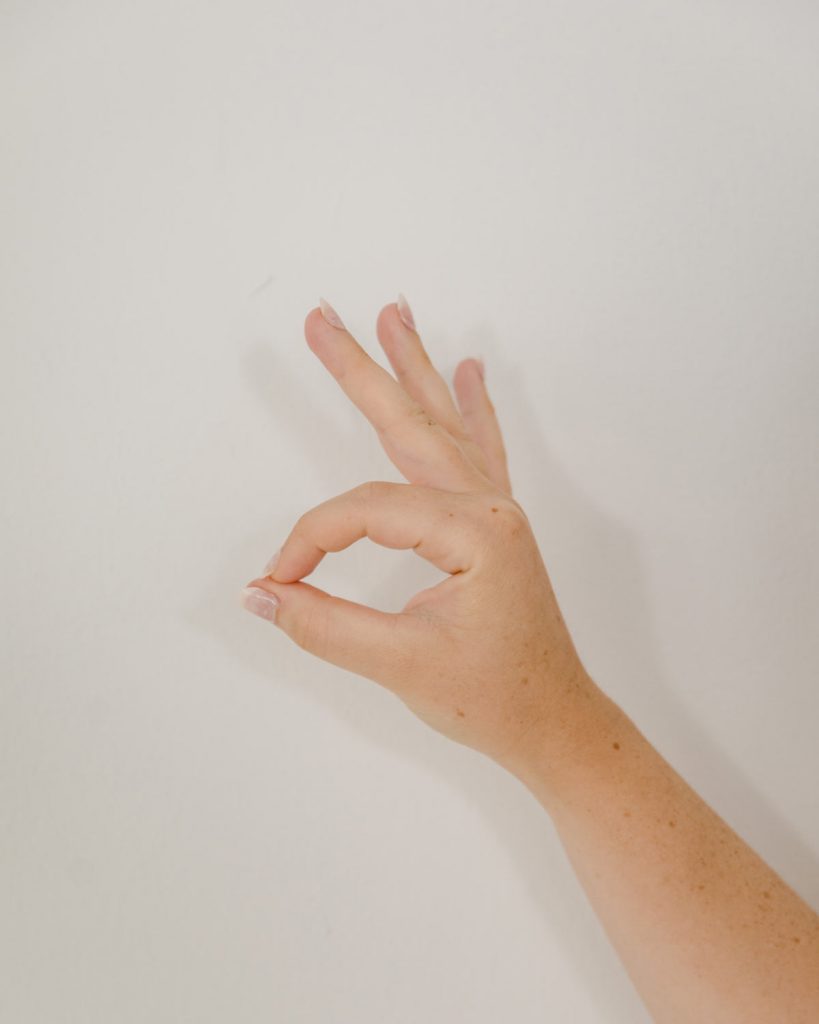2022 looks like it is going to be another huge year when it comes to going green. We all understand that the health of the planet is key to our future and that every little change we make now can have a big impact down the line. By making small changes to their everyday life, hearing aid users can not only go green but also push for a more sustainable industry focus that really rewards a greener initiative.
Hearing loss is a common problem around the world, with 15% of Americans over the age of 18 reporting some trouble hearing. Hearing solutions like hearing aids are becoming increasingly popular, with the market looking set to rise by 4% from 2020 until 2026. However, these small electronic devices haven’t always been produced using the most sustainable practices. If you are a conscientious hearing aid user, check out our six ways to go green.
1. Buy Mercury-Free Hearing Aid Batteries
If you have had your hearing aids for a while, you are probably using hearing aids with disposable batteries. Unfortunately, the majority of hearing aid batteries are made using mercury which is a toxic heavy metal. If you don’t recycle or discard your batteries safely, this mercury can work its way from the landfill site into the water supply. Unfortunately, mercury build-up can have damaging consequences for the surrounding environment. We recommend investing in rechargeable hearing aid solutions or searching for mercury-free alternatives to traditional hearing aid batteries.
2. Recycle Hearing Aid Batteries
As we previously mentioned discarding your old hearing aid batteries can seriously damage the environment. However, your batteries don’t have to make their way to the landfill site. The majority of hearing aid batteries can be recycled. Recycling is a great environmentally friendly way to dispose of your batteries, but it isn’t always clear how to go about it. Simply ask your hearing specialist about hearing aid battery recycling; you may even be lucky and find that they can recycle them for you.

3. Rechargeable Hearing Aids Are the Future
One of the benefits of updating your hearing solutions is getting the latest technology and innovations like rechargeable hearing aids. Instead of having to buy batteries once every few months, you can recharge your hearing aids with ease by simply placing them in their specially designed charger overnight, meaning they are fully charged by morning. Not only will you never run out of power and save money on batteries, but your rechargeable hearing aids will also reduce your carbon footprint.
4. Pay Attention to Packaging
So many hearing aid firms ship their hearing aids using tonnes of excess, unsustainable packaging. By talking to your hearing aid specialist, you can find out more about which companies are more conscientious when it comes to packaging.
5. Think About the Hearing Aid Brands
Before buying any item or technology, it is important to do your research. If you really want to live sustainably, you should find companies with the same goal. That might be difficult when it comes to finding the right hearing aid technology for you, but it’s not impossible.
Manufacturers like Widex boast an eco-friendly HQ in Denmark. This headquarters utilizes renewable energy generated through its own wind power, groundwater system, solar cells, and rainwater collection to maintain its groundwater aquifer. All this renewable energy covers its energy consumption and even sends surplus energy back to the power grid.
Other hearing aid manufacturers like Oticon have their own Oticon Hearing Foundation, which provides sustainable hearing care and hearing aids to adults and children who would otherwise be left without this essential help.
6. Buy Custom Ear Plugs Instead of Disposable
Finally, it is always important to look after your hearing, especially when exposed to excessive noise levels during work or your leisure time. Noise-induced hearing loss is a major contributor to hearing loss. Therefore we always recommend that you use earplugs whenever you know that you will be exposed to loud music or construction work. However, many people end up buying disposable hearing plugs that tend to be less effective and have to be thrown away after only a couple of uses.
On the other hand, custom-fitted earplugs are more comfortable, effective and do not need to be disposed of. Therefore if you want the greenest form of hearing protection, always go with the custom-fit reusable option.
Going green isn’t always the easy option, but you can make a difference by making smart, informed decisions, doing your homework, and making the ‘right’ choice each and every day.




